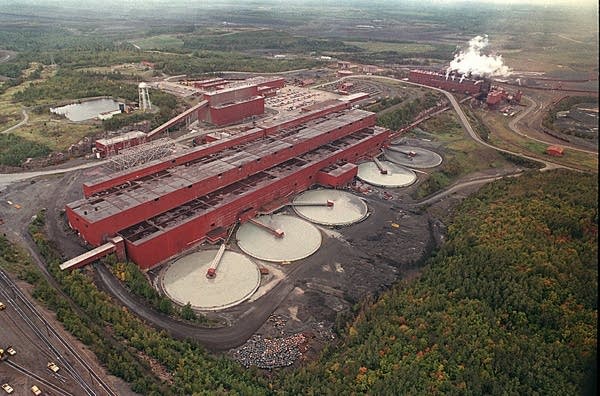State: Over $1B likely needed in PolyMet 'financial assurance'

State officials estimate that PolyMet Mining should put up more than $1 billion dollars in so-called "financial assurances" about half-way through the mine's operating life, the first indication from state regulators of the potential amount of environmental liability Minnesota's first ever copper-nickel mine could leave behind.
The estimate is contained in internal Minnesota Department of Natural Resources documents the agency has compiled as it moves toward releasing a draft permit to mine for the proposed mine in northeastern Minnesota, possibly as soon as early January.
The state also estimates that $580 million will need to be deposited into a state-controlled trust fund by the time the mine closes after 20 years, which is the amount of money the state calculates would be needed to pay for potentially indefinite water treatment at the site.
Last week PolyMet submitted an updated application to the state detailing the funding it planned to make available to the state to close and clean up the mine, and pay for long-term water treatment, if the company went bankrupt or for some reason walked away from the project, which has happened historically with this kind of mining in other states.
Create a More Connected Minnesota
MPR News is your trusted resource for the news you need. With your support, MPR News brings accessible, courageous journalism and authentic conversation to everyone - free of paywalls and barriers. Your gift makes a difference.
That kind of bankruptcy-proof assurance is required under state law, to protect taxpayers from having to foot the bill for potential environmental cleanup long after the mining company is gone.
PolyMet has proposed a package of $75 million during the first two years of mine construction, which would then bump up to $544 million when the mine opens and the potential costs for pollution cleanup rise.
PolyMet did not provide any financial assurance estimates beyond that first year of mining.
But state officials did. Their estimates mirror PolyMet's during construction and the first year of operation, but then continue to grow until reaching $1.39 billion during year 11 of the mine's proposed 20-year operation.
After that, the state's potential environmental liabilities are projected to steadily decline until the mine closes, as PolyMet reclaims land it has already mined.
Minnesota DNR Assistant Commissioner Barb Naramore said the projections are still subject to change, but "thus far we haven't identified anything that suggests those are not reasonable numbers," she said. "We're in the ballpark."
But she stressed that every year the mine operates, the state's potential exposure for the following year is recalculated, and a new financial assurance plan has to be put in place.
"So it's not like we just calculate it once and we're done," she said. "it's something that gets reevaluated on an ongoing basis as the project evolves."
PolyMet officials also pointed out Minnesota law only requires that financial assurance be posted for the upcoming year, and that annual updates provide for more accuracy because they're based on actual operating data and technology improvements.